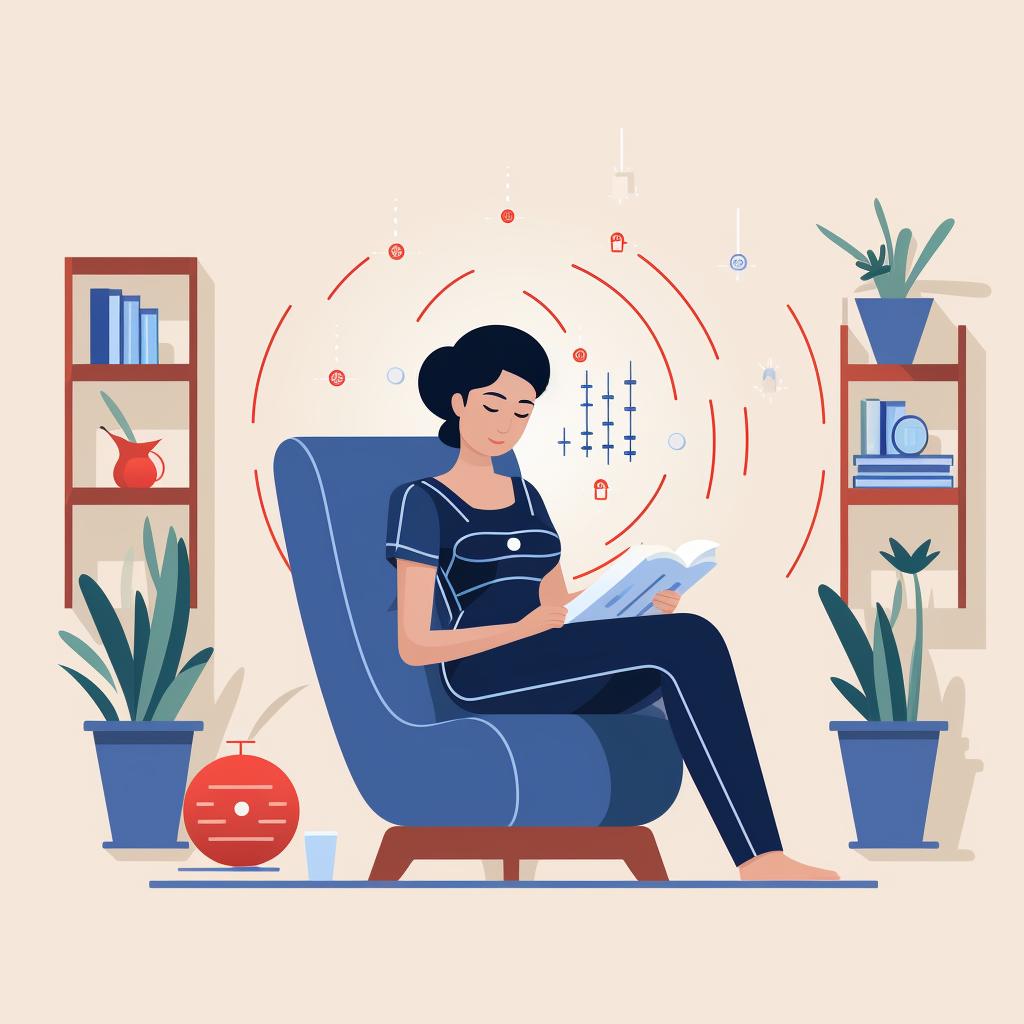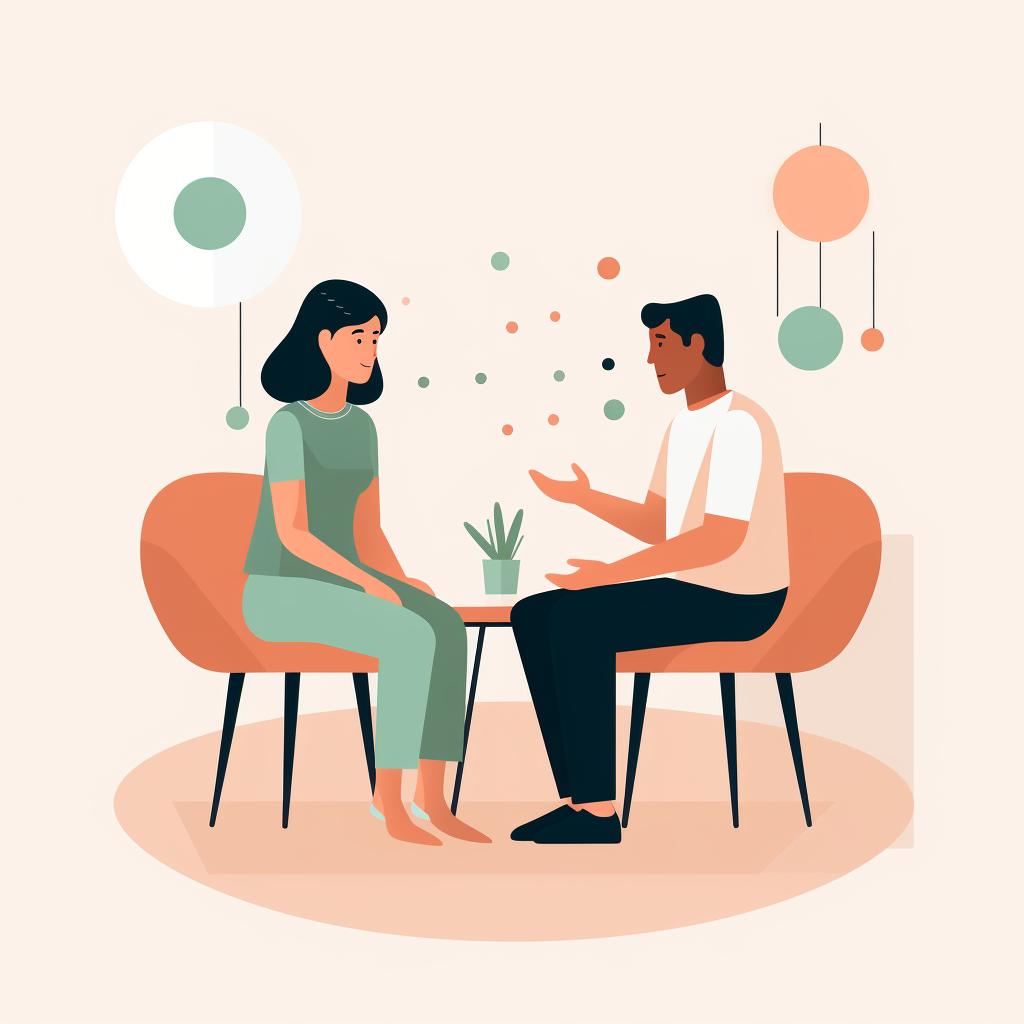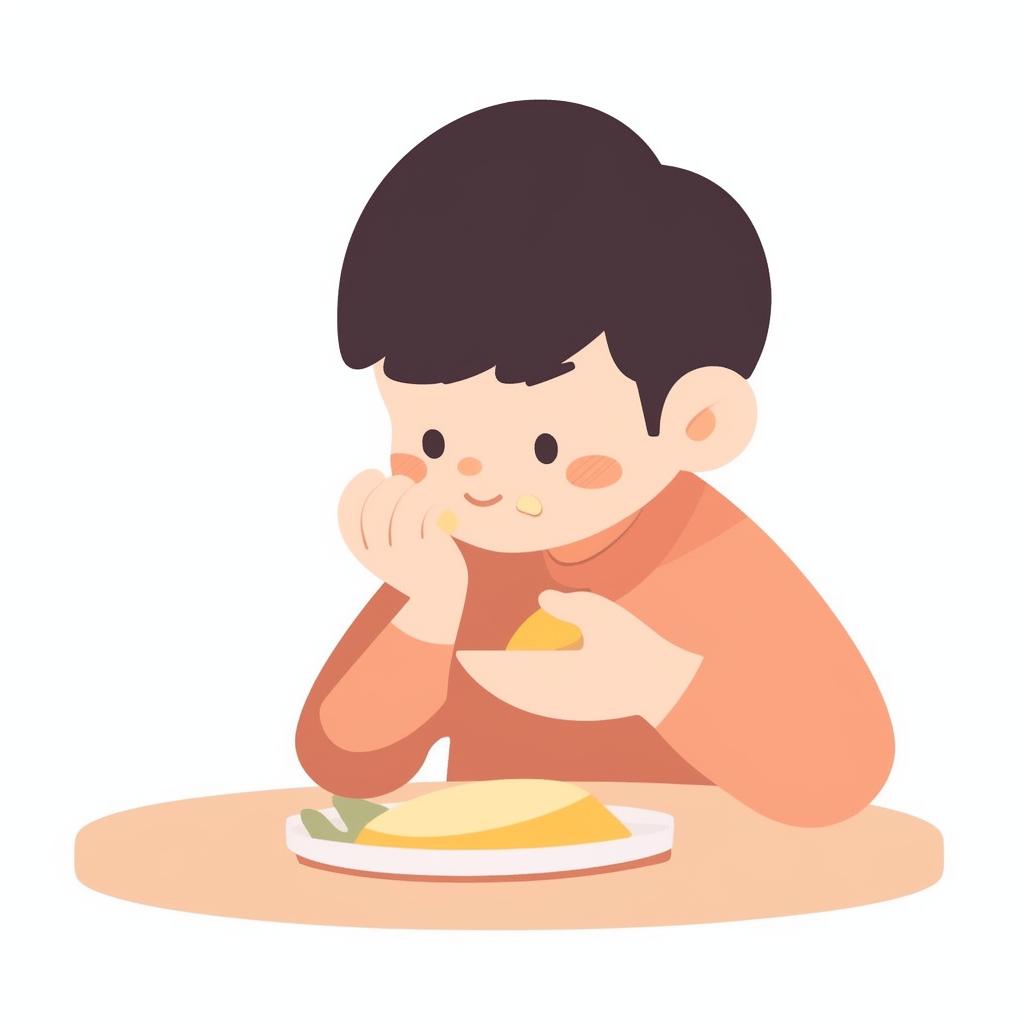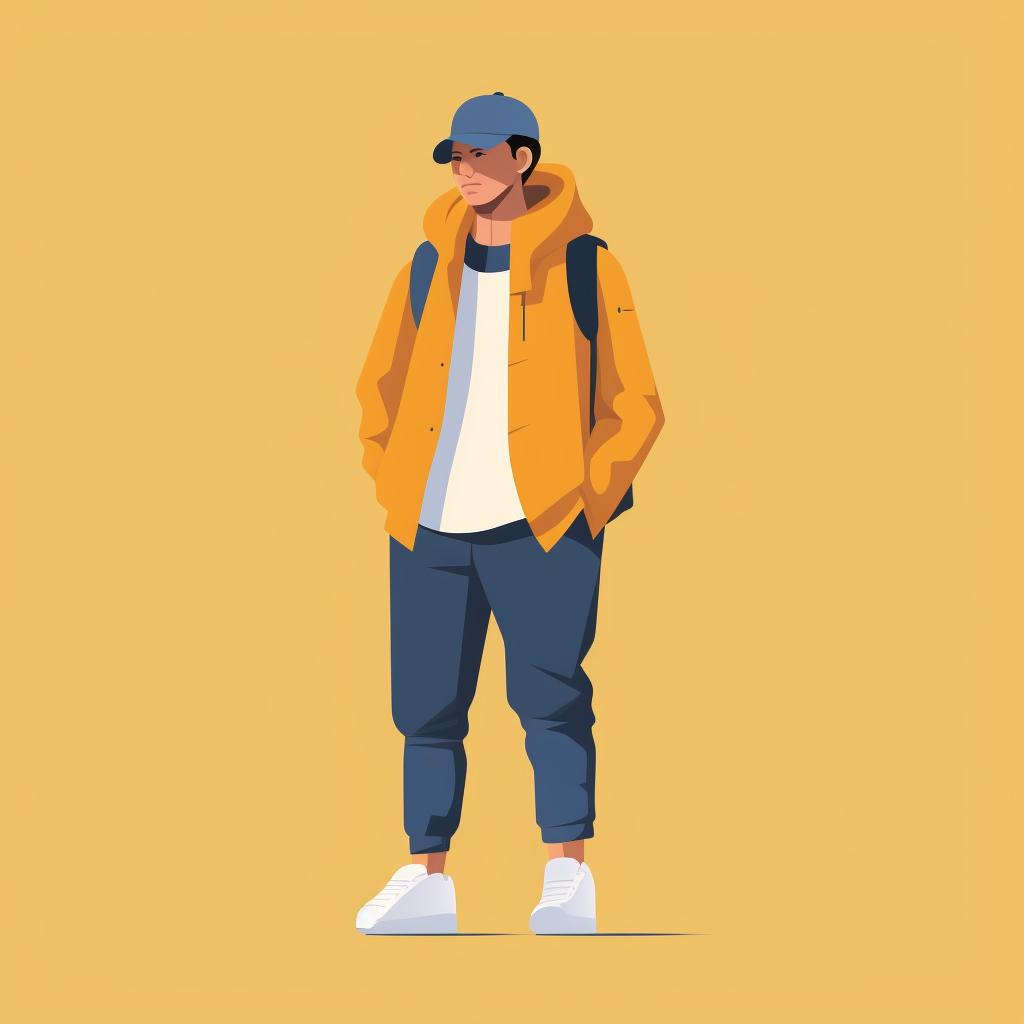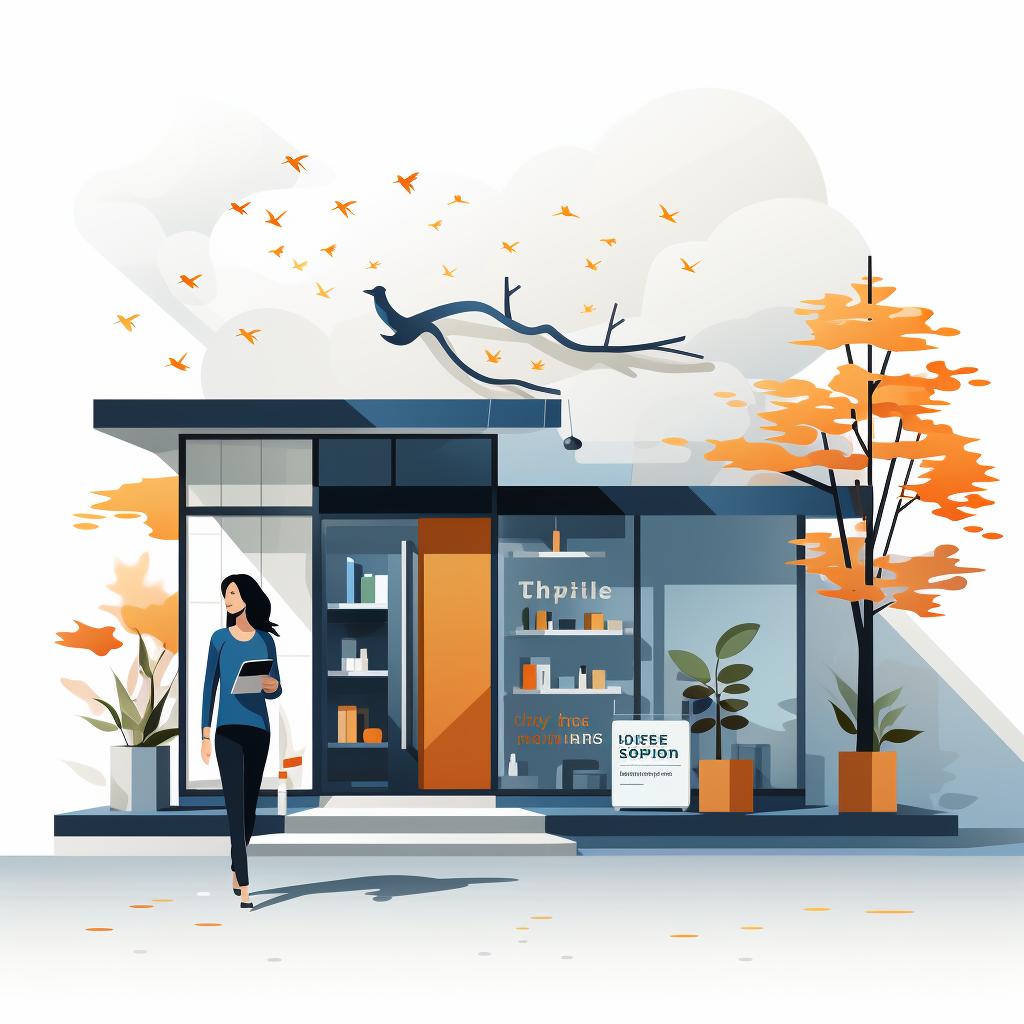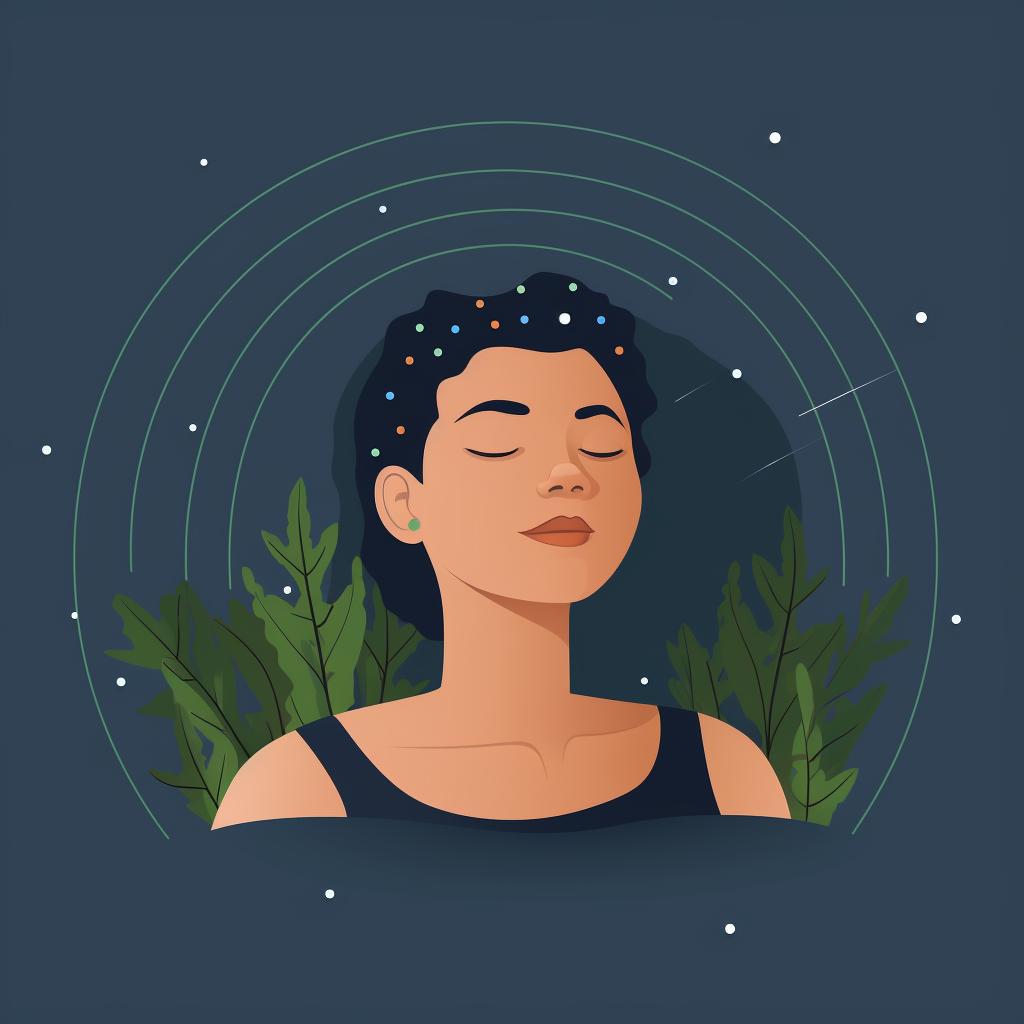Dr. Lily Chen is a certified acupuncturist with over 20 years of experience in traditional Chinese medicine. She holds a PhD in Acupuncture and Oriental Medicine from the Beijing University of Chinese Medicine. Dr. Chen is passionate about educating the public on the benefits of acupuncture and has published numerous articles on the subject.
Acupuncture, a holistic health technique that stems from Traditional Chinese Medicine, encompasses a variety of techniques and methods. Here, we delve into some of the most common types of acupuncture techniques to provide a comprehensive guide for beginners.
Unveiling the Secrets of Traditional Chinese Acupuncture 🎋
Traditional Chinese Acupuncture is the most common form of acupuncture studied and practiced worldwide. It involves the insertion of thin needles into specific points (acupoints) on the body.
Electroacupuncture: A Spark of Difference? ⚡
Electroacupuncture is a variant of traditional acupuncture where a small electric current is passed between pairs of acupuncture needles. This method enhances the effect of the treatment and is often used for conditions such as chronic pain. If you're interested in learning more about acupuncture therapy, you can visit our page on what is acupuncture therapy.

Why is Your Ear a Universe in Acupuncture? 👂
Auricular Acupuncture focuses solely on the ear, a microsystem of the entire body. It's often used for addiction treatment, mood disorders, and obesity.
Cupping: A Suction for Better Health? 🍵
Cupping is an adjunct therapy to acupuncture. Glass or plastic cups are placed on the skin, and a vacuum is created within the cup to draw the skin up. This opens up the skin’s pores, stimulating the flow of blood, balancing and realigning the flow of qi, breaking up obstructions, and creating an avenue for toxins to be drawn out of the body.

Feeling the Heat with Moxibustion 🔥
Moxibustion involves the heating of acupuncture points with smoldering mugwort herb (known as moxa). Moxibustion stimulates circulation, counteracts cold and dampness in the body, and promotes the smooth flow of blood and qi.
Acupressure: No Needles, Same Benefits? 👆
Acupressure is a non-invasive form of acupuncture, using fingers (or similar tools) to apply pressure to acupoints. It's a great self-care technique, relieving a variety of conditions like headaches and stress.
Wondering how acupressure works? Check out our article on how acupressure works to learn more.
If you're interested in learning how to do acupressure and how often it should be done, we have a comprehensive guide available here.
Curious about the benefits of acupressure therapy? Discover the various benefits in our article What Are the Benefits of Acupressure Therapy?.
Still skeptical about whether acupressure points really work? Find out the truth in our informative article Do Acupressure Points Really Work?.
Want to know what happens when you press acupressure points? Read our article What Happens When You Press Acupressure Points? to find out.
Still confused about the difference between acupuncture and acupressure? We have an article that explains it all here.
Acupuncture Techniques Knowledge Test
Test your knowledge on the different types of acupuncture techniques.
Learn more about 🎯 Acupuncture Techniques Knowledge Test 🧠 or discover other Acupuncture Relief quizzes.
Now that we've explored the different types of acupuncture techniques, let's prepare you for your first acupuncture session.
Learn more about Preparing for Your First Acupuncture Session: A Step-by-Step Guide or discover other Acupuncture Relief guides.
Remember, acupuncture is not a one-size-fits-all solution. It's an individualized treatment that requires a holistic understanding of your body. So, take your time to prepare and make the most out of your first acupuncture session.
Remember, acupuncture is not a one-size-fits-all solution. It's an individualized treatment that requires a holistic understanding of your body. Feel free to ask your acupuncturist questions and ensure you feel comfortable and informed throughout your treatment journey.


